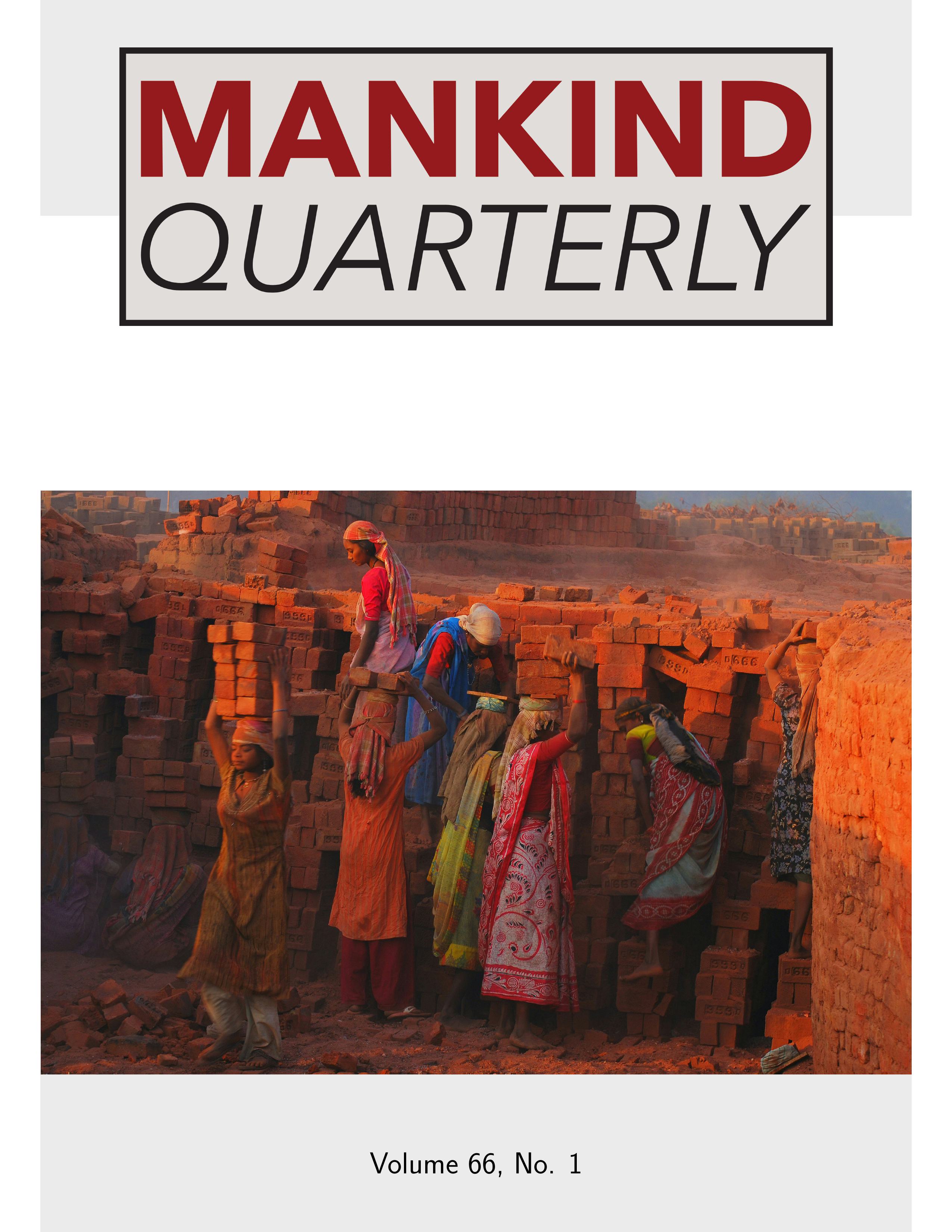Home > Archive > Volume 56, No. 4 > This paper
Artificial Deformation of Skulls from Bronze Age and Iron Age Armenia
Anahit Yu. Khudaverdyan
Published: 2016/06/01
Abstract
Cultural practices resulting in lasting modifications of the body can be a productive focus of investigation. Artificial cranial modification involves the alteration of cranial vault shape by cultural means, and is performed during infancy or early childhood while the cranial bones remain malleable. Our results indicate that tumpline deformation and cradle deformation should be added to the suite of cranial deformations that were detected in Armenia. It has been determined that the occipital modification is most likely unintentional. Post-coronal depression also appears to be unintentional. Cradle deformation is heavily influenced by infant sleep position, and constant supine positioning is a frequent cause of deformation during infancy. In the Armenian burials 32 skulls showing signs of cradle deformation are identified. Post-coronal depression, positioned on both parietals and slightly posterior to the coronal suture, was detected on 44 of the skulls. The deformation was a correlate of economic activities of the population and was an inadvertent consequence of carrying loads with a band across the parietal bones. In 12 cases a combination of the two types of deformation (tumpline and cradle), is observed. The only modification that has been classified as intentional is one case of parieto-temporal modification. Key words: Armenia, Bronze Age, Iron Age, post-coronal depression, cradle deformation, parieto-temporal modification
Download PDF
